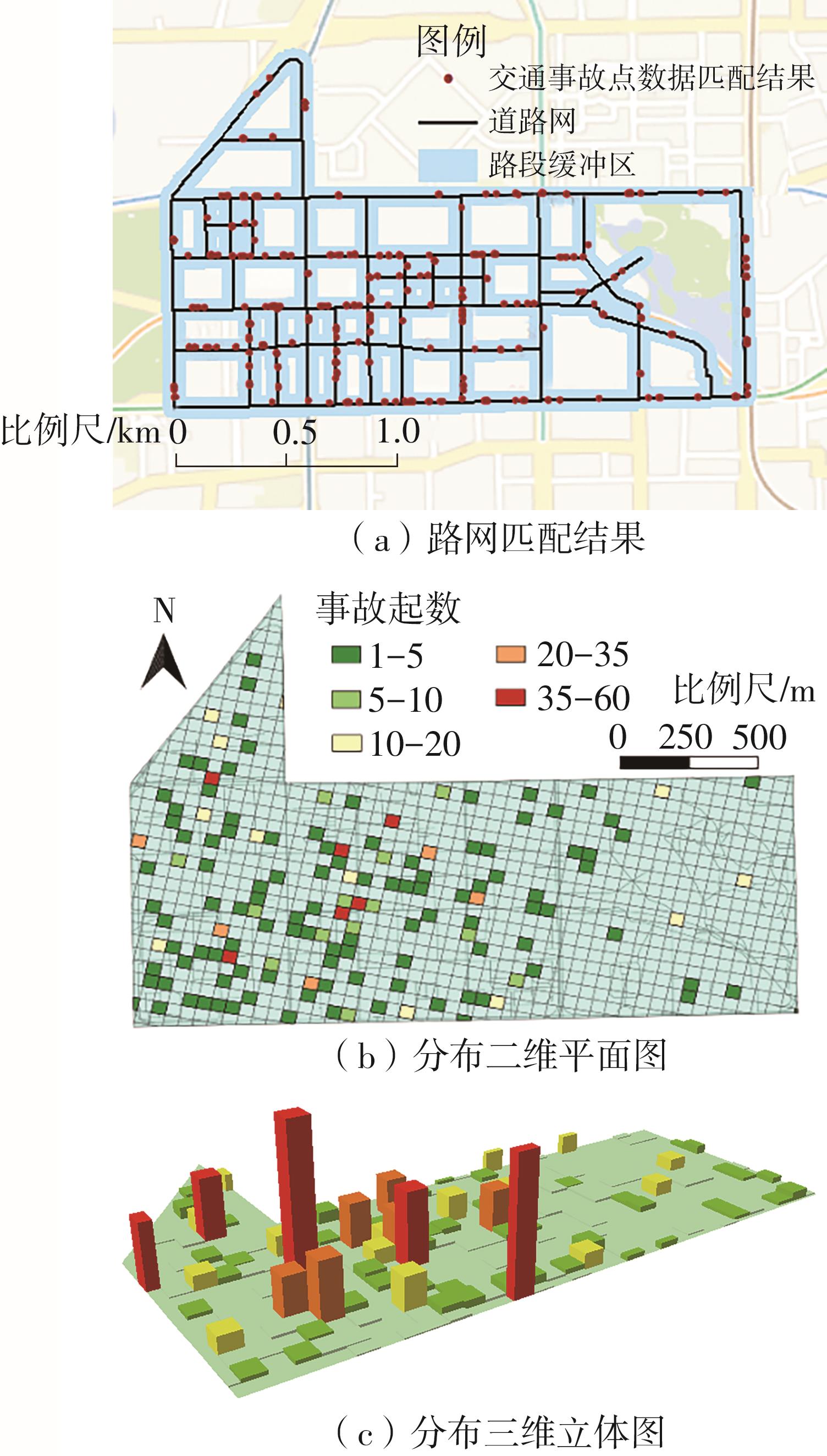| 1 |
公安部道路交通安全研究中心 .中国大城市道路交通发展研究报告(2018)[M].北京:人民交通出版社,2020.
|
| 2 |
林鹏飞,翁剑成,付宇,等 .基于刷卡数据的轨道交通加权网络结构特征[J].吉林大学学报 (工学版),2020,50(3):956-962.
|
|
LIN Peng-fei, WENG Jian-cheng, FU Yu,et al .Structure characteristics of rail transit weighted network based on smart card data[J].Journal of Jilin University (Engineering and Technology Edition),2020,50(3):956-962.
|
| 3 |
ACHU A L, AJU C D, SURESH V,et al .Spatio-temporal analysis of road accident incidents and delineation of hotspots using geospatial tools in Thrissur District,Kerala,India[J].KN-Journal of Cartography and Geographic Information,2019,69(4):255-265.
|
| 4 |
BASSANI M, ROSSETTI L, CATANI L .Spatial analysis of road crashes involving vulnerable road users in support of road safety management strategies[J].Transportation Research Procedia,2020,45:394-401.
|
| 5 |
HARIRFOROUSH H, BELLALITE L .A new integrated GIS-based analysis to detect hotspots:a case study of the city of Sherbrooke[J].Accident Analysis & Prevention,2019,130:62-74.
|
| 6 |
刘伟,陈科全,田宗忠,等 .基于密度熵的道路交通事故影响范围分区模型[J].交通运输工程学报,2019,19(6):163-170.
|
|
LIU Wei, CHEN Ke-quan, TIAN Zong-zhong,et al .Partition model of road traffic accident influence area based on density entropy[J].Journal of Traffic and Transportation Engineering,2019,19(6):163-170.
|
| 7 |
RIDOUT M, DEMÉTRIO C G B, HINDE J .Models for count data with many zeros[C]∥ Proceedings of the XIXth international biometric conference.Cape Town,SA:International Biometric Society Invited Papers,1998,19:179-192.
|
| 8 |
马壮林,张宏璐,杨杨 .高速公路追尾碰撞事故起数预测模型研究[J].中国安全科学学报,2015,25(4):58-62.
|
|
MA Zhuang-lin, ZHANG Hong-lu, YANG Yang .Research on rear-end collision frequency prediction on expressway[J].China Safety Science Journal,2015,25(4):58-62.
|
| 9 |
WENG J, GE Y E, HAN H .Evaluation of shipping accident casualties using zero-inflated negative binomial regression technique[J].The Journal of Navigation,2016,69(2):433-448.
|
| 10 |
龙雪琴,周萌,赵欢,等 .基于网络核密度的网约车上下客热点识别[J].交通运输系统工程与信息,2021,21(3):86-93.
|
|
LONG Xue-qin, ZHOU Meng, ZHAO Huan,et al .Passengers’hot spots identification of online car-hailing based on network kernel density[J].Journal of Transportation Systems Engineering and Information Technology,2021,21(3):86-93.
|
| 11 |
XIE Z, YAN J .Kernel density estimation of traffic accidents in a network space[J].Computers,Environment and Urban Systems,2008,32(5):396-406.
|
| 12 |
OUNI F, BELLOUMI M. Spatio-temporal pattern of vulnerable road user’s collisions hot spots and related risk factors for injury severity in Tunisia[J].Transportation Research Part F:Traffic Psychology and Behaviour,2018,56:477-495.
|
| 13 |
CHAMLING M, BERA B .Likelihood of elephant death risk applying kernel density estimation model along the railway track within biodiversity hotspot of Bhutan-Bengal Himalayan Foothill[J].Modeling Earth Systems and Environment,2020,6(4):2565-2580.
|
| 14 |
陈英,袁华智,黄中祥,等 .零截尾负二项模型在交叉口事故预测中的应用[J].中国公路学报,2020,33(4):146-154.
|
|
CHEN Ying, YUAN Hua-zhi, HUANG Zhong-xiang,et al .Modeling intersection traffic crashes using a zero-truncated negative binomial model[J].China Journal of Highway and Transport,2020,33(4):146-154.
|
| 15 |
张大明,符茂胜,郭慧,等 .基于惩罚距离的混合模型分量数自动估计算法[J].华南理工大学学报(自然科学版),2009,37(10):101-107.
|
|
ZHANG Da-ming, FU Mao-sheng, GUO Hui,et al .Automatic estimation algorithm mixture model based on of component number of penalized distance[J].Journal of South China University of Technology (Natural Science Edition),2009,37(10):101-107.
|
| 16 |
刘尧 .交通事故的时空热点分析鉴别以及致因因素探究[D].杭州:浙江大学,2019.
|
| 17 |
陈金林 .基于网络核密度估计城市路网事故黑点鉴别研究[D].南京:东南大学,2015.
|













